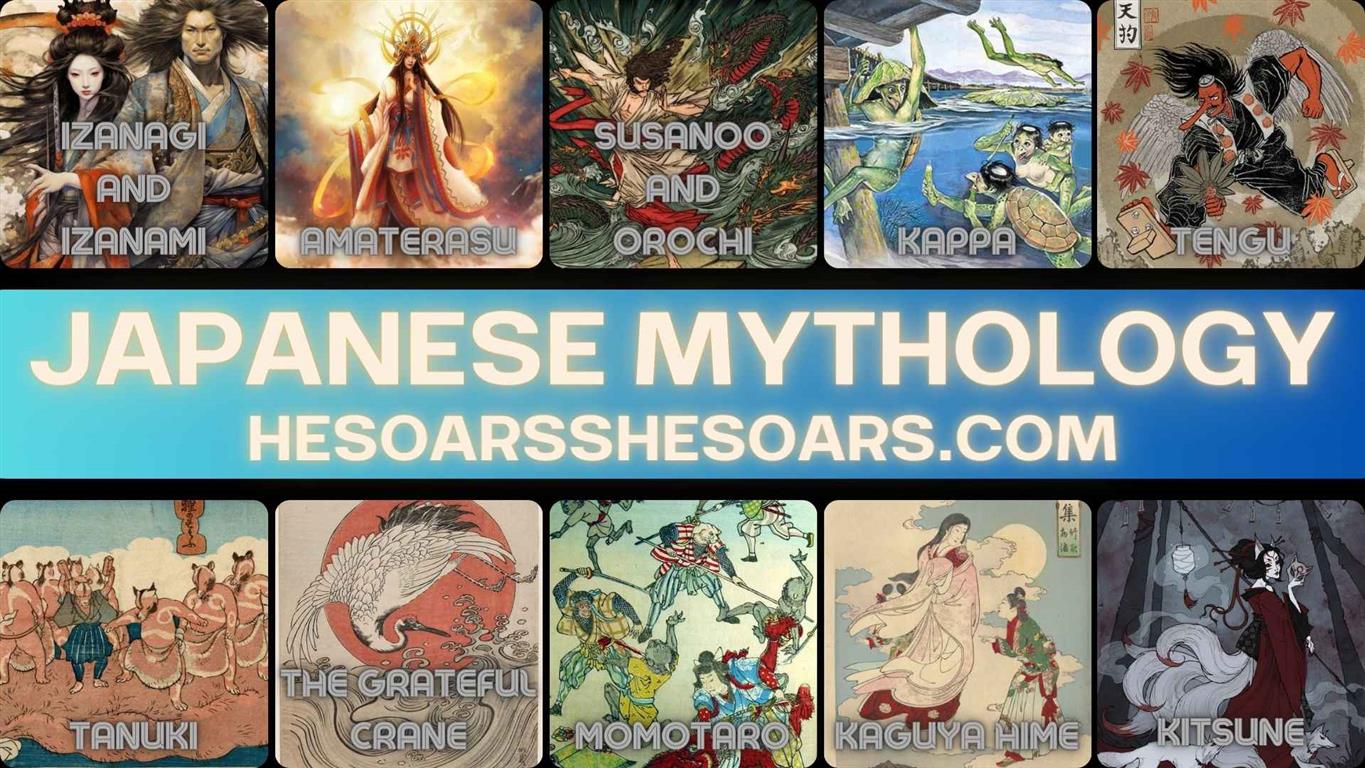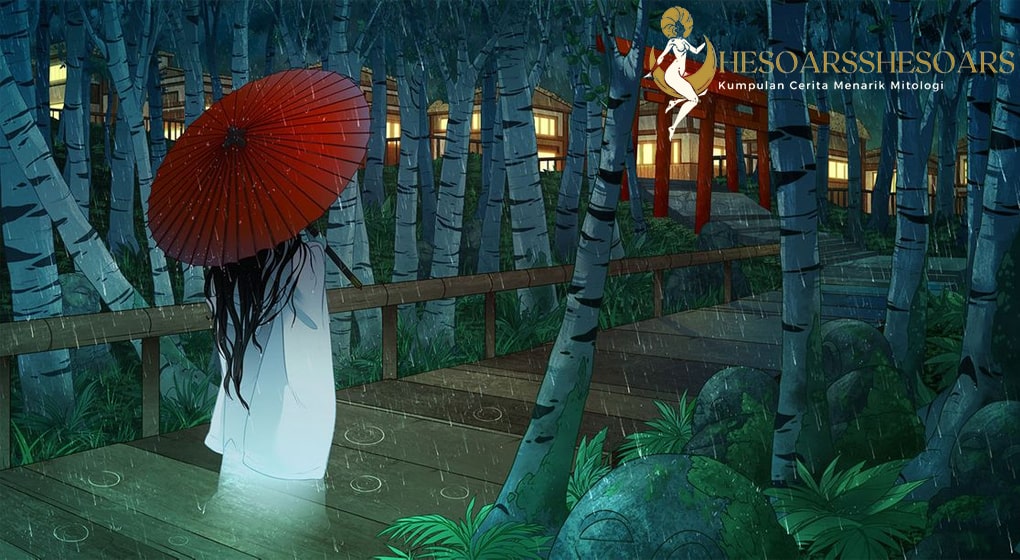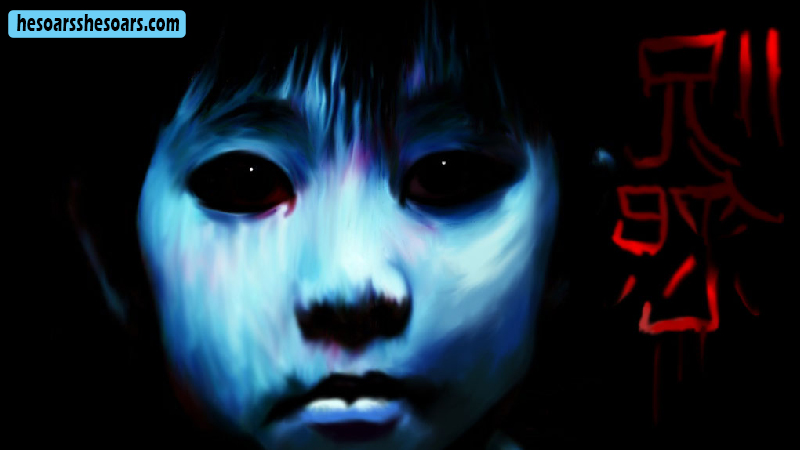Introduction Japanese Mythology
Japanese mythology is a mesmerizing realm where gods, spirits, and mythical creatures come alive, weaving tales that have persisted across generations. This rich tapestry of stories has helped shape the cultural, spiritual, and artistic fabric of Japan, offering profound insights into its past, present, and future.
1. Creation of the Universe and the Gods
In the beginning, the universe was a chaotic, formless expanse. From this chaos emerged two deities: Izanagi and Izanami. Tasked with creating the islands of Japan, they stood on the celestial bridge and stirred the ocean with a jeweled spear. As they lifted it, droplets that fell created the islands. This myth bears a resemblance to the story of Orpheus in Greek mythology.
2. The Tale Japanese Mythology of Amaterasu
One of the central figures in Japanese mythology is the sun goddess, Amaterasu. It was only after the other gods devised a plan, which included a dance by the goddess Ame-no-Uzume, that Amaterasu emerged, bringing light back to the world.
3. Susanoo and the Serpent
Susanoo, the storm god and brother to Amaterasu, is renowned for his tempestuous nature. In one of his adventures, he saves Princess Kushinada from an eight-headed serpent named Orochi by getting it drunk and then defeating it. He then marries the princess.
4. Kappa – The River Imp
Kappa are mischievous water creatures, often depicted as humanoid with a turtle-like beak and a hollow top on their head holding water. They challenge humans to sumo wrestling matches and are known for their love of cucumbers.
5. Tengu – Protectors and Tricksters of the Forest
Tengu are bird-like beings, often seen as protectors of the forests and mountains. While they can be helpful, offering martial arts instruction to worthy humans, they are also known to abduct people and play tricks.
6. Tanuki – The Shape-shifting Raccoon Dogs
The tanuki, often mistaken for raccoons, are jovial creatures known for their ability to transform. These shape-shifters can take on human form, objects, and even other animals.
7. The Grateful Crane Japanese Mythology
This is a heartwarming tale of a crane who transforms into a woman to repay a man’s kindness. She weaves beautiful cloth in secret to help the man but asks him never to watch her weave. Curiosity, however, leads to a poignant revelation.
8. Momotaro – The Peach Boy
Upon opening it, they find a boy named Momotaro, who embarks on a journey to defeat the ogres of Onigashima, symbolizing the triumph of good over evil.
9. The Moon Princess – Kaguya Hime
Born from a glowing bamboo stalk, Kaguya Hime grows into a radiant woman. Her beauty attracts many suitors, but she reveals her celestial origins and eventually returns to the moon, leaving her earthly parents heartbroken.
10. Kitsune – The Shape-shifting Foxes
Kitsune hold a significant place in Japanese folklore. Possessing intelligence and magical abilities, they often transform into human forms, with tales oscillating between them being malevolent tricksters or loyal guardians.
Conclusion Japanese Mythology
Japanese mythology, with its vivid characters and moral tales, offers not just entertainment but also insights into the values, beliefs, and aspirations of its people. The tales reflect the harmony between man and nature, the power of duty and loyalty, and the constant dance of light and darkness, encapsulating the very essence of the human experience in the Land of the Rising Sun.




